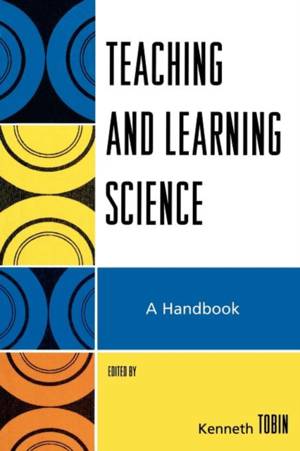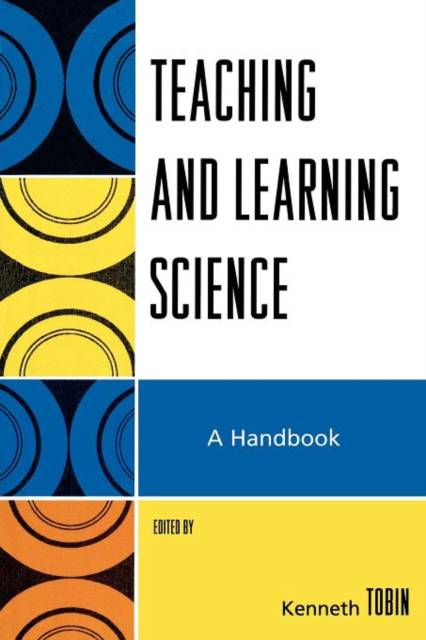
- Afhalen na 1 uur in een winkel met voorraad
- Gratis thuislevering in België vanaf € 30
- Ruim aanbod met 7 miljoen producten
- Afhalen na 1 uur in een winkel met voorraad
- Gratis thuislevering in België vanaf € 30
- Ruim aanbod met 7 miljoen producten
Zoeken
Omschrijving
Teaching and Learning Science consists of sixty-six chapters written by more than ninety leading educators and scientists. The contributions are informed by cutting-edge theory and research and address numerous issues that are central to K-12 education. This resource will be particularly valuable for parents and teachers as schools around the country prepare students to meet the challenges presented when science is added to the No Child Left Behind Act in 2007. These insightful contributions touch on many of the most controversial topics facing science educators and students today, including evolution, testing, homeschooling, ecology, and the achievement gaps faced by girls, children of color, and ESL learners. Accessible and full of insight, the set is written for teachers, parents, and students, and offers a wealth of resources germane to K-12 settings. The book is arranged according to themes that are central to science education: language and scientific literacy, home and school relationships, equity, new roles for teachers and students, connecting science to other areas of the curriculum, resources for teachers and learners, and science in the news. The authors address controversial topics such as evolution, and present alternative ways to think about teaching, learning, the outcomes of science education, and issues associated with high stakes testing. In addition, relationships between science and literacy are explored in terms of art and science, making sense of visuals in textbooks, reading, writing, children's literature, and uses of comics to represent science. Chapters also address how to teach contemporary science, including the origin of the chemical elements, the big bang, hurricanes, tornadoes, volcanoes, and tsunamis.
Specificaties
Betrokkenen
- Auteur(s):
- Uitgeverij:
Inhoud
- Aantal bladzijden:
- 580
- Taal:
- Engels
Eigenschappen
- Productcode (EAN):
- 9781578866861
- Verschijningsdatum:
- 8/07/2008
- Uitvoering:
- Paperback
- Formaat:
- Trade paperback (VS)
- Afmetingen:
- 152 mm x 231 mm
- Gewicht:
- 952 g

Alleen bij Standaard Boekhandel
+ 225 punten op je klantenkaart van Standaard Boekhandel
Beoordelingen
We publiceren alleen reviews die voldoen aan de voorwaarden voor reviews. Bekijk onze voorwaarden voor reviews.











